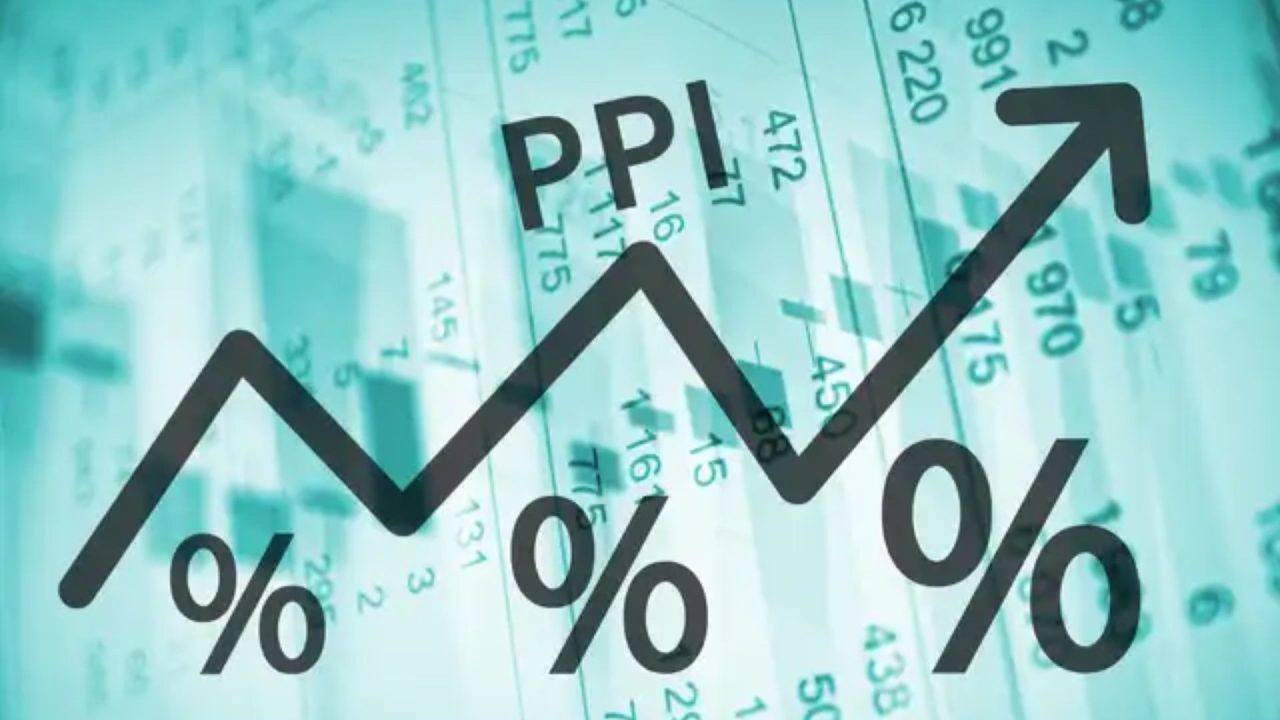According to a report by the U.S. Department of Labor on Friday, wholesale prices rose more than expected in January, adding to the complexity of the inflation situation.
The producer price index, which measures the prices received by producers of goods and services, saw a 0.3% increase for the month, the largest since August.
This exceeded the predictions of economists surveyed by Dow Jones, who had only anticipated a 0.1% rise. In December, the PPI had declined by 0.2%.
Excluding food and energy, the core PPI also saw a greater-than-expected increase of 0.5%, compared to the predicted 0.1% gain.
The PPI, excluding food, energy, and trade services, had a significant jump of 0.6%, the largest one-month increase since January 2023.

This report comes shortly after the release of the consumer price index, which showed that inflation remained stubbornly high despite the Federal Reserve’s predictions of a moderation throughout the year.
The CPI had risen by 3.1% from a year ago, lower than the December level but still well above the Fed’s target of 2%.
On a core basis, which the Fed considers a more reliable gauge of inflation in the long term, the CPI had increased by 3.9%. It is important to note that CPI differs from PPI as it measures the prices paid by consumers in the market.
The markets reacted negatively after the CPI reading on Tuesday, leading to concerns that a high PPI reading could cause a similar reaction.
There were high expectations that the Fed would take advantage of the declining inflation numbers and aggressively cut interest rates this year, but these expectations have been reduced in recent days as inflation has persisted unexpectedly.
After the PPI report, stock market futures fell and Treasury yields rose. Just a few weeks ago, the markets had priced in a Fed rate cut in March, but this has now been pushed back to June as policymakers have expressed caution about giving up the fight against inflation too soon.

They also noted that a stable economy gives them time before making any decisions.
The increase of 0.6% in final demand services contributed to the overall rise in the wholesale index, which was mainly driven by a 2.2% increase in hospital outpatient care.
On the other hand, prices for goods decreased by 0.2%, with a 1.7% decline in final demand for energy due to a drop in gasoline prices by 3.6%.
Every year, the headline PPI only saw a 0.9% increase, slightly lower than the 1% in December. However, excluding food, energy, and trade services, the index rose by 2.6%.
In addition to the concerning inflation readings, the Commerce Department also reported this week that retail sales in January had a larger-than-expected decline of 0.8%.


